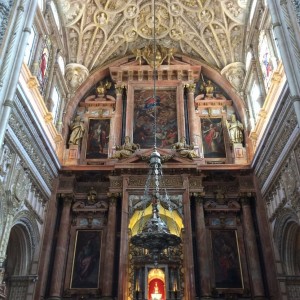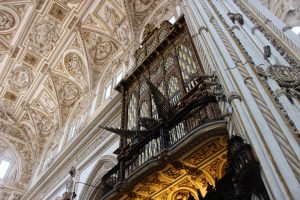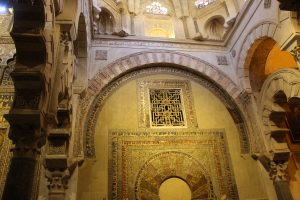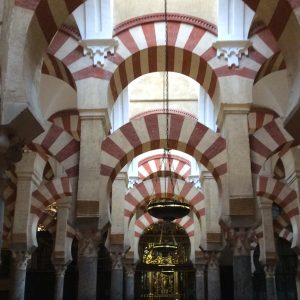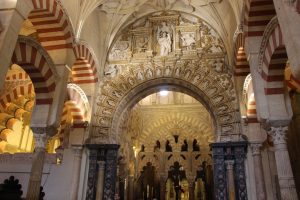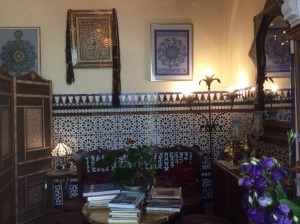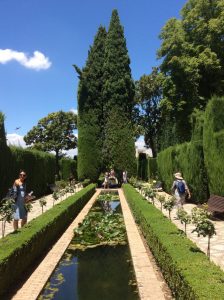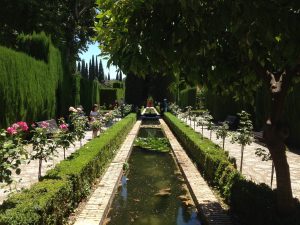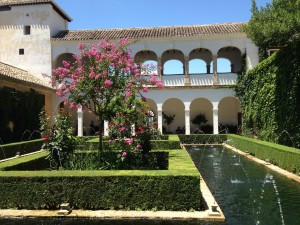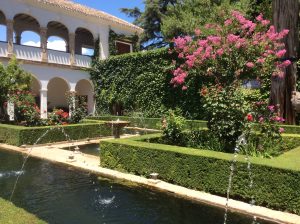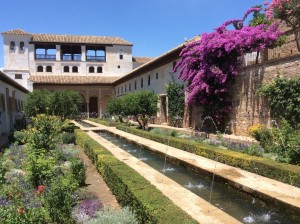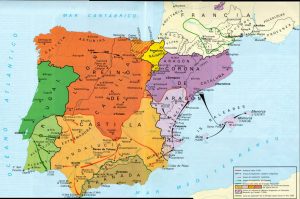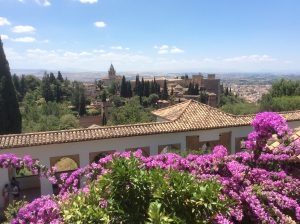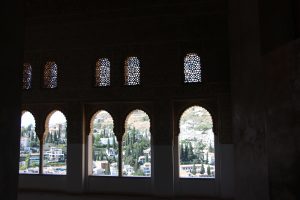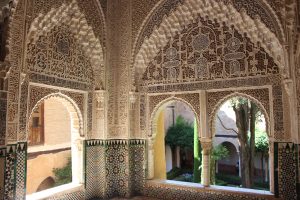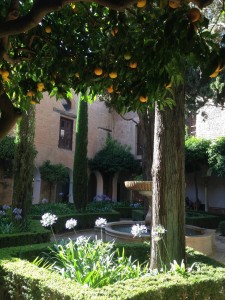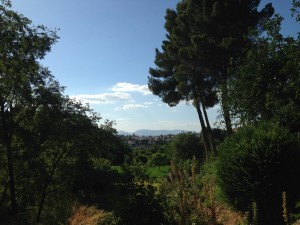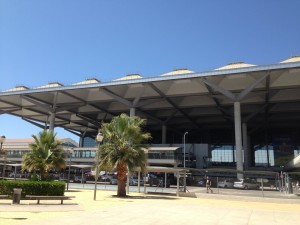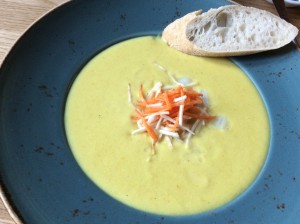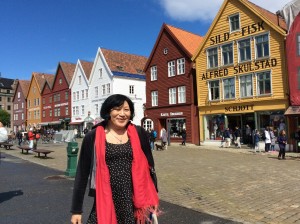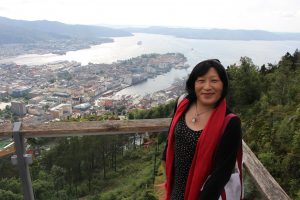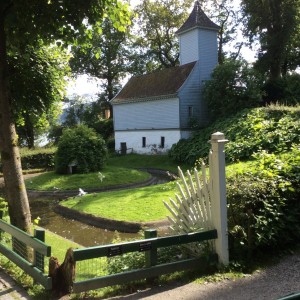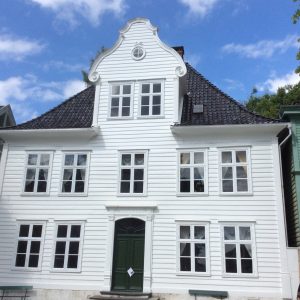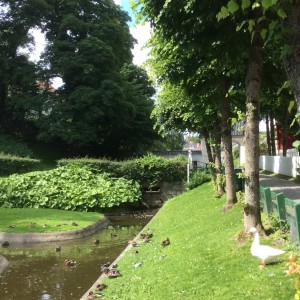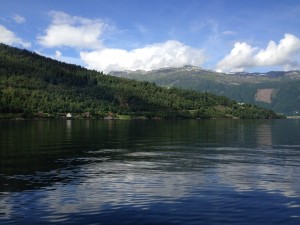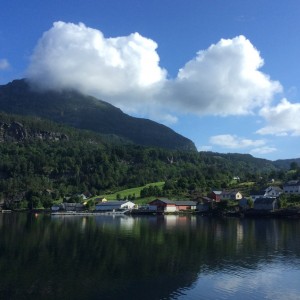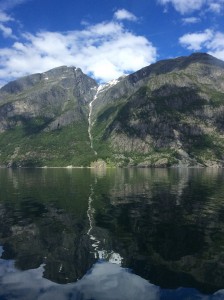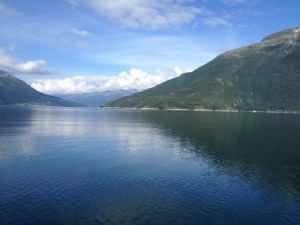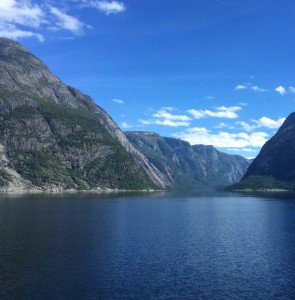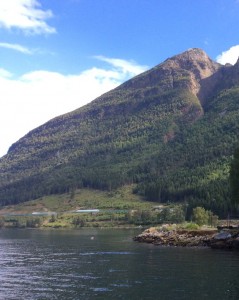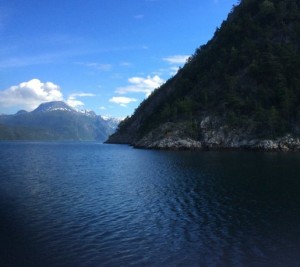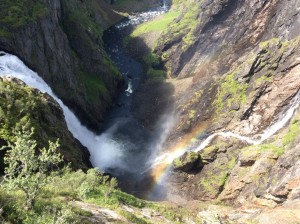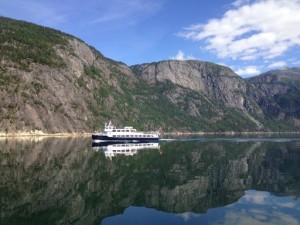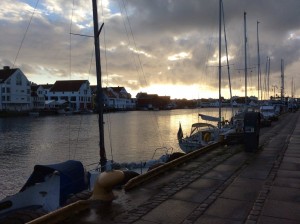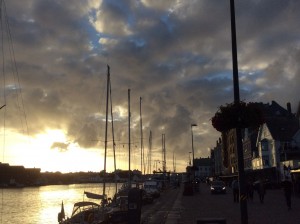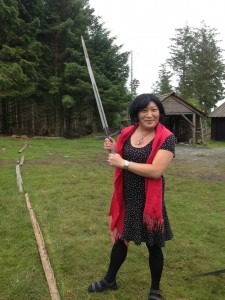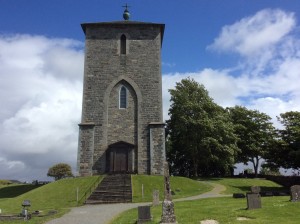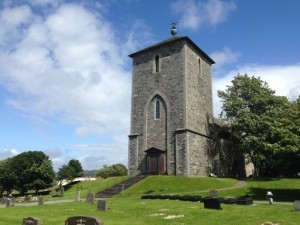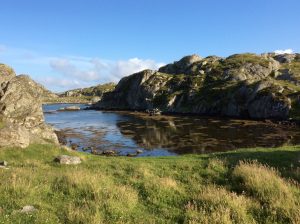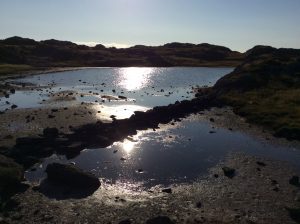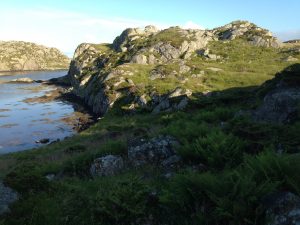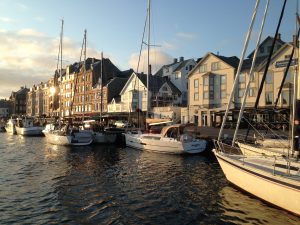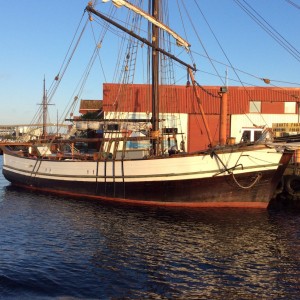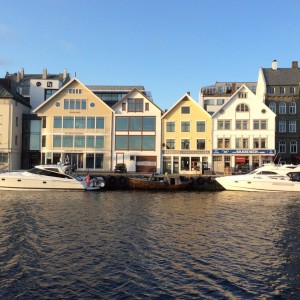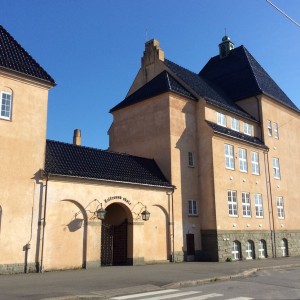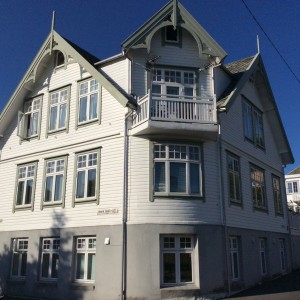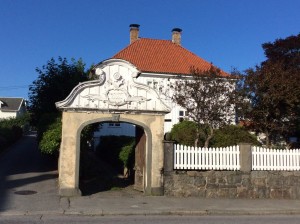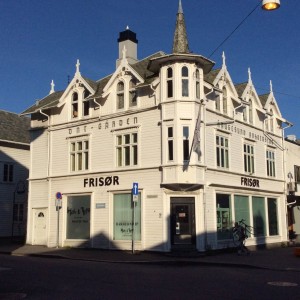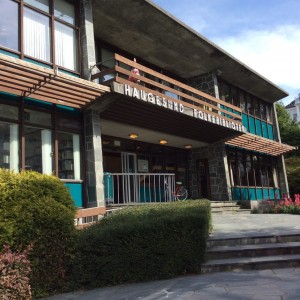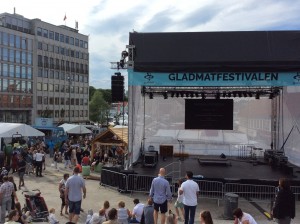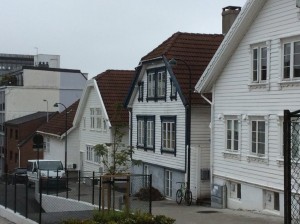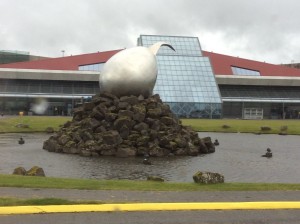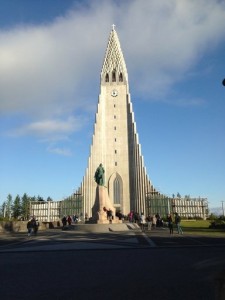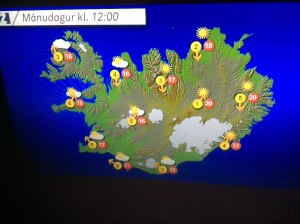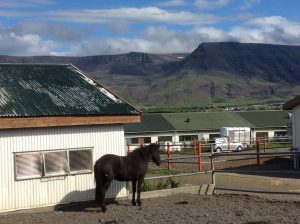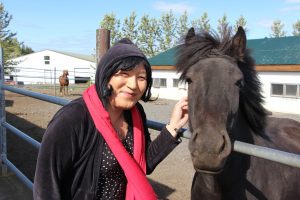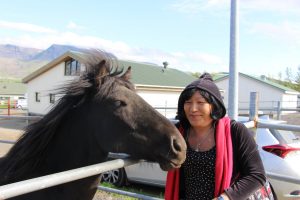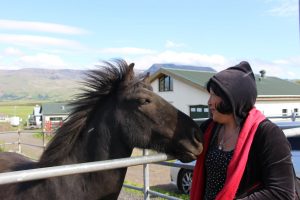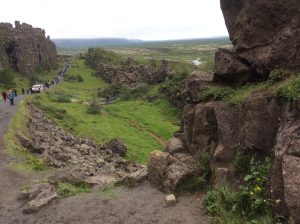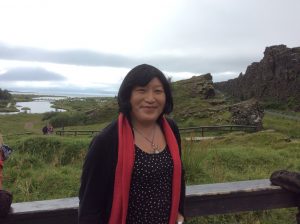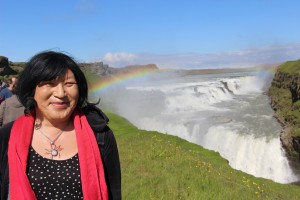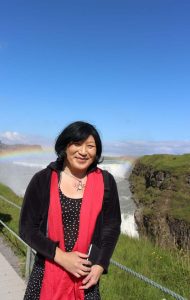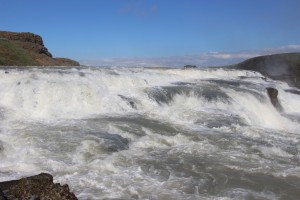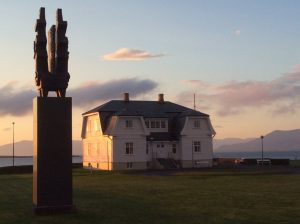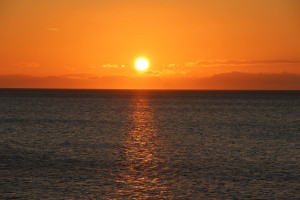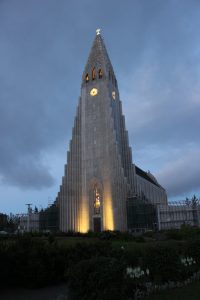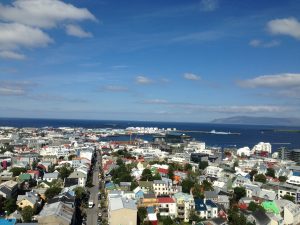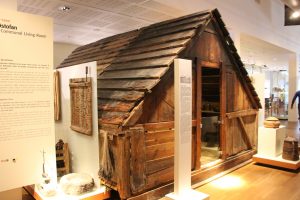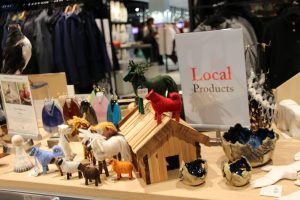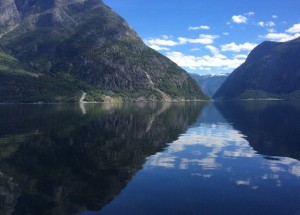 Europe 2017: Norway Iceland Spain
Europe 2017: Norway Iceland Spain
I spent five weeks in Europe in 2017, two in Norway, two in Spain and one in Iceland; it was the longest trip of my life, exceeding even the four weeks I spent in Korea in June and July 2015; these are some of my photos of the trip and some of my thoughts about what I saw there…
Monday, June 19
Flight from JFK to Stockholm Arlanda.
Tuesday, June 20
I flew Norwegian from Stockholm Arlanda to Oslo and arrived at Gardermoen airport. Unfortunately, my luggage didn’t arrive with me, so I had no choice but to take a train into Oslo, where I went to Morten and Rolf’s apartment in Grünerløkka.
Morten and I went out to an Asian fusion restaurant and had a wonderful dinner at Monsun.
We went back to his place and had a nice chat about art to the mellow light of his lamps; Morten then set me up in the guest room in the complex’s grendehus (garden house).
Wednesday, June 21
Waking up in the grendehus of an apartment building in Grünerløkka.
 Olaf Ryes Plass at Markveien in the Grünerløkka district of Oslo
Olaf Ryes Plass at Markveien in the Grünerløkka district of Oslo
Trikk Trakk tram to Oslo City mall. Back to the Grünerløkka.
Oslo: in front of Sentralstasjon
Thursday, June 22
Royal Palace. Henrik Ibsen Museum. Trikk Trakk tram to Apothek restaurant for dinner.
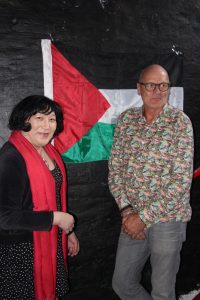 Øystein Grønning & I spoke to members of the Palestinakomite i Norge at Maksitaksi in Oslo about the illegal Israeli occupation of Palestine
Øystein Grønning & I spoke to members of the Palestinakomite i Norge at Maksitaksi in Oslo about the illegal Israeli occupation of Palestine
Friday, June 23
Historical Museum. Oslo Pride House talk on “The Triumph of Trump & the Future of LGBT Rights” at El Dorado Bookstore.
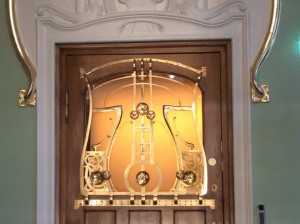 Oslo: Jugendstil door in the Historical Museum
Oslo: Jugendstil door in the Historical Museum
Saturday, June 24
Akershus Castle. Norsk Hjemmefront Museum. “Transgender Rights in the Age of Trump” at Oslo Pride House at El Dorado Bookstore. Dinner at Politiker’n with PION friends.
Akershus festning
Akershus festning
Oslo harbor
Sunday, June 25
Ferry to Bygdøy peninsula, Norse Folke Museet (Norwegian Folk Museum), Viking Ship Museum, LGBT exhibition at Oslo Rådhuset, Oslo Pride House
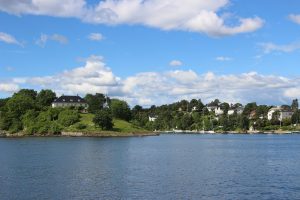 Bygdøy peninsula seen from a ferry on Oslofjord
Bygdøy peninsula seen from a ferry on Oslofjord
 Norsk Folkemuseum (Norwegian Folk Museum) on Bygdøy peninsula
Norsk Folkemuseum (Norwegian Folk Museum) on Bygdøy peninsula
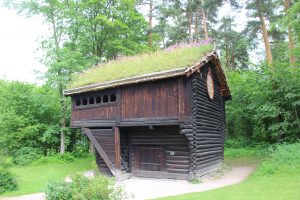 Bygdøy: Norsk Folkemuseum (Norwegian Folk Museum): Setabu, Støylsemne: a summer cottage from Hylestad, Valle Setesdal (c.1500-1600)
Bygdøy: Norsk Folkemuseum (Norwegian Folk Museum): Setabu, Støylsemne: a summer cottage from Hylestad, Valle Setesdal (c.1500-1600)
Oseberg ship in the Viking Ship Museum on on Bygdøy peninsula
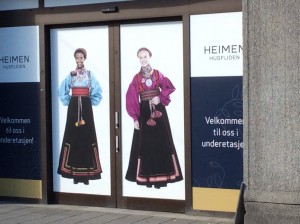 Oslo: an ad for traditional Norwegian bunad costumes
Oslo: an ad for traditional Norwegian bunad costumes
 Oslo Rådhus: Froy & Gerd meet: a wood relief by Dagfin Werenskiold from his 1950 series of Yggdrasilfrisen at the entrance to City Hall
Oslo Rådhus: Froy & Gerd meet: a wood relief by Dagfin Werenskiold from his 1950 series of Yggdrasilfrisen at the entrance to City Hall
 Arnhild Haagensen, “Himmelbåten,” akrylmaling, glassperler og gullpulver på linlerret (acrylic paint, glass beads & gold-plated powder), in the exhibition of LGBT/queer art “Blitt sånn, født sånn: Rådhusgalleriet Skeive Kunstnere” at the Rådhusgalleriet (City Hall gallery, Oslo)
Arnhild Haagensen, “Himmelbåten,” akrylmaling, glassperler og gullpulver på linlerret (acrylic paint, glass beads & gold-plated powder), in the exhibition of LGBT/queer art “Blitt sånn, født sånn: Rådhusgalleriet Skeive Kunstnere” at the Rådhusgalleriet (City Hall gallery, Oslo)
Monday, June 26
Reisehus: booked flight on SAS to Barcelona. Gardermoen: slept over at the airport.
Tuesday, June 27
Gardermoen: flight to Barcelona.
Apple store in the Plaza de Catalunya;
La Rambla; Teatro Liceu; train to Madrid; taxi to Calle Padilla; black ink squid paella for dinner.
Wednesday, June 28
Lavapies; Racializados contingent in Orgullo Crítico; Metropolis building.
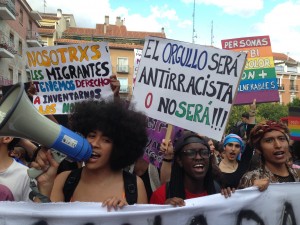 Los Racializados contingent in Orgullo Crítico
Los Racializados contingent in Orgullo Crítico
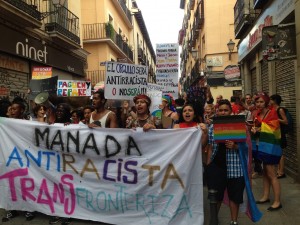 Los Racializados contingent in Orgullo Crítico
Los Racializados contingent in Orgullo Crítico
Thursday, June 29
LGBT@Work
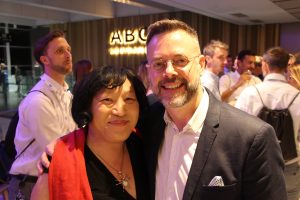 Vincent Doyle & me at the LGBT@Work conference in Madrid
Vincent Doyle & me at the LGBT@Work conference in Madrid
Friday, June 30
Madrid: “Descolonizar Espacios e Identidades” at the Matadero; dinner with speakers & other participants.
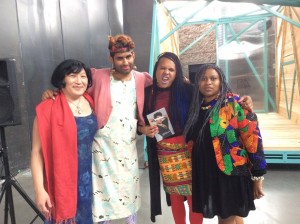 “Descolonizar Espacios e Identidades” speakers
“Descolonizar Espacios e Identidades” speakers
 Pauline Park & Candy Yun at the Matadero for “Descolonizar Espacios e Identidades”
Pauline Park & Candy Yun at the Matadero for “Descolonizar Espacios e Identidades”
I was delighted to meet another transracial intercountry adoptee eight years ago after the forum. Søren Severino was born in Colombia and adopted by Danish parents; he is now trying to learn Spanish and reconnect with his Colombian roots.
나는 한국에서 입양되었다 입양 입양인 한국 조선 대한민국 남한 남조선 한국말 입양홍보
Saturday, July 1
Madrid: Lavapiés; World Pride; dinner at Il Piccolo Diavolo.
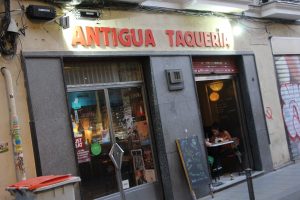 Antigua Taquería at Calle de Cabestreros 4, Lavapiés
Antigua Taquería at Calle de Cabestreros 4, Lavapiés
I passed by the Catedral de Nuestra Señora Santa María la Real de la Almudena at sunset.
Plaza Mayor was built (1580-1619) during the reign of Philip III; I passed through Madrid’s elegant central square at night four years ago today & it looked strangely mysterious…
Sunday, July 2
El Rastro flea market & El Escorial.
Atocha: Renfe train to Málaga; Hotel Ibis Budget.
Spain: a note on history…
To understand Andalucia, one must understand the ‘Reconquista,’ the Christian ‘reconquest’ of Spain from the Muslim Arabs and Berbers who defeated the Visigoths to conquer the peninsula centuries earlier. Ferdinand of Aragon Isabella of Castille (‘los Reyes Católicos) completed a very long process of pushing the Arab Muslim rulers of ‘al-Andalus, ultimately defeating the last Emir of Granada and seizing the last part of Spain still beyond the reach of the Roman Catholic monarchs who created the Spain we know today. The Reconquista was a disaster for the Muslims and Jews of Spain, who were subjected to forced conversion and eventual expulsion, as well as for the indigenous peoples of Latin America, subjected to genocide as the result of the Spanish conquest of Meso-America and much of the South American continent. The south of Spain is known Andalusia, which in Spanish is spelled ‘Andalucía’ and derives from the Arabic word ‘al-Andalus’ (الأندلس); the etymology of the term is controversial, though the conventional explanation is that ‘al-Andalus’ is an Arabic word for the land of the ‘Vandals,’ among the Germanic tribes that conquered Spain after the fall of the western Roman empire.
Málaga
Wednesday, July 5
Seville: gardens of the Parque de María Luisa; university; Alcázar.
Friday, July 7
On my third full day in Andalucía, I took the train from Málaga to Córdoba, the first capital of Arab Muslim al-Andalus and the home to the Gran Mezquita, the largest and most important mosque in Spain.
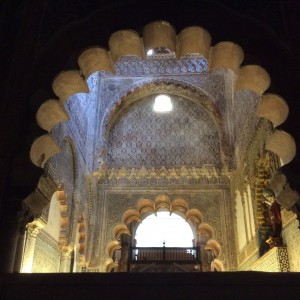 Córdoba: a prayer alcove in la Gran Mezquita
Córdoba: a prayer alcove in la Gran Mezquita
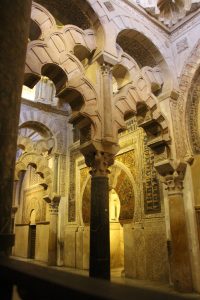 Córdoba: arches in the gran mezquita
Córdoba: arches in the gran mezquita
 Córdoba: a prayer alcove in the gran mezquita
Córdoba: a prayer alcove in the gran mezquita
Pauline Park in the gran mezquita
arches leading to the cathedral chapel in the middle of the gran mezquita
Córdoba’s gran mezquita has a statue of a pope above classical columns: it’s a hybrid that embodies the history of Spain…
Córdoba’s gran mezquita is a forest of Roman arches brought in by Abd al-Rahman I from Roman ruins in and around the city; the addition of a Gothic barrel vaulted ceiling to this long passageway in the midst of the mosque shows how thoroughly mixed Roman, Muslim Arab and Spanish Catholic Baroque styles are in this extraordinary building…
I was struck by the sculptures of Christian saints being supported by Roman arches added to Córdoba’s gran mezquita after the Reconquista, which could be cited as a visual and architectural metaphor of Spain itself…
Nowhere in the gran mezquita of Córdoba than in this series of arches is the imposition of Roman Catholic Spanish style on the Arab Muslim style of the mosque more apparent than with this tympanum and arch decorated with sculptures of Christian saints carved into one of the great arches of the mezquita, a metaphor for the history of Spain…
Pauline Park in the gran mezquita
arches in the gran mezquita
Pauline Park in the gran mezquita
arches in the gran mezquita
Pauline Park in the gran mezquita
Córdoba’s ancient walls
Málaga
Saturday, July 8
The last and finest flowering of Muslim Arab culture in al-Andalus is the Alhambra of Granada and there’s good reason why it is the single most popular tourist destination in Spain: there is no palace that I’ve ever seen that is more inviting and that I’d more like to live in; other palaces in Europe may be grander, but none is closer to a paradise on earth than the Alhambra.
I actually bought tickets a few days in advance because while one can enter the Alhambra without booking in advance, entry to the Palacios Nazaríes is by timed ticket only, and so planning is required. The Alhambra is actually an enormous complex and when I arrived there, I had several hours before my ticket to the Palacios Nazaríes was valid, so I started out by touring the gardens of the Generalife, which are luxuriant.
Jardínes del Generalife
Lunch; train from Oslo to Bergen; taxi to City Apartments.
Wednesday, July 12
Bergen: tour bus to Troldhaugen, tour of Edvard Grieg’s house
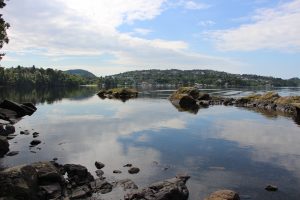 Troldhaugen: the pond near Edvard Grieg’s house outside of Bergen
Troldhaugen: the pond near Edvard Grieg’s house outside of Bergen
Gamle Bergen
Gamle Bergen
Gamle Bergen
Gamle Bergen
Gamle Bergen
Saturday, July 15
Bus to Nordheim; Norled cruise on Hardangerfjord; Vøringsfossen; bus back to Bergen.
Bus to Avaldsnes; Nordvegen History Center, Vikinggard (Viking farm) on Bukkøy island, St. Olaf’s Church. Bus back to Haugesund. Skåre kirke.
Vikinggard (Viking farm)
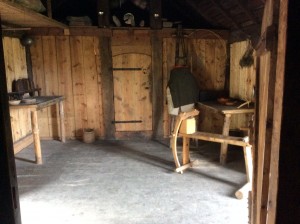 Avaldsnes: interior of the Viking longhouse on the Vikinggard (Viking farm) on Bukkøy island
Avaldsnes: interior of the Viking longhouse on the Vikinggard (Viking farm) on Bukkøy island
Tuesday, July 18
Haugesund Folkebibliothek (municipal library)
Stavanger Gladmatfestivalen (food festival): festival stage
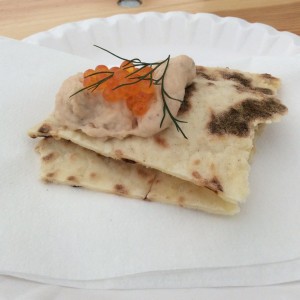 Stavanger Gladmatfestivalen (food festival): tiny canapé from the Suldal Skattkammeret (Chamber of Commerce) tent
Stavanger Gladmatfestivalen (food festival): tiny canapé from the Suldal Skattkammeret (Chamber of Commerce) tent
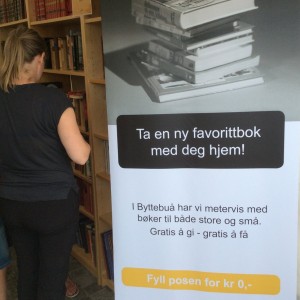 Stavanger Gladmatfestivalen: free book tent
Stavanger Gladmatfestivalen: free book tent
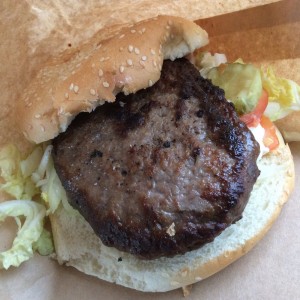
Stavanger Gladmatfestivalen (food festival): reindeer burger
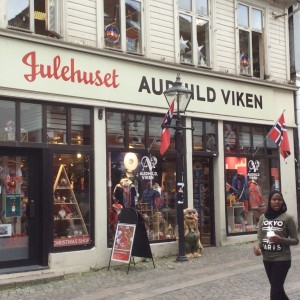 souvenir shopping in Stavanger
souvenir shopping in Stavanger
Friday, July 21
Checked out of Scandic Forum; bus to sentrum; Kirkebakken 16(a); Gamle Stavanger; bus to Bergen via Haugesund & ferry; checked into the Zander K hotel.
It was raining on the road to Gulfoss, but by the time we reached the most famous waterfall in Iceland, the sun had come out and a beautiful rainbow had come out to greet us; I was tickled to think of it as a queer rainbow.
Gulfoss was the most spectacular sight (and site) I saw in Iceland and — along with Hardanger fjord in Norway — the most spectacular natural phenomenon I saw during my five weeks in Europe in 2017.
Our guide told us the story of a newlywed couple who had come to Gulfoss; the husband (an American, I seem to remember) climbed over a little metal guard rail to take a picture and was never seen again. The waterfall has an astonishing power that is impossible to capture in a photo or even a video.
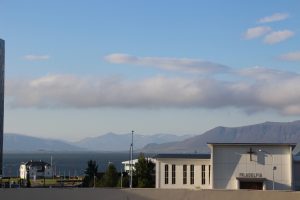 Reykjavík: looking down from Hátúni to Höfði, the former French consulate, which was the site of the Oct. 1986 summit meeting between Ronald Reagan & Mikhail Gorbachev
Reykjavík: looking down from Hátúni to Höfði, the former French consulate, which was the site of the Oct. 1986 summit meeting between Ronald Reagan & Mikhail Gorbachev
I walked down to Höfði to take a closer look at the house where the summit took place at which Ronald Reagan parlayed with Mikhail Gorbachev, the president of the United States shocking NATO allies by nearly negotiating away the US nuclear defense guarantee that was a central pillar of European NATO member states’ policies.
Tuesday, July 25
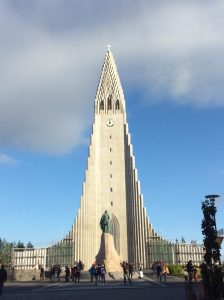 Reykjavík: the Hallgrímskirkja
Reykjavík: the Hallgrímskirkja
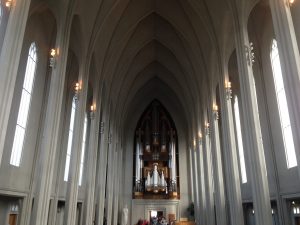 Reykjavík: the Hallgrímskirkja
Reykjavík: the Hallgrímskirkja
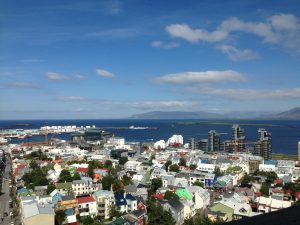 Reykjavík from the Hallgrímskirkja
Reykjavík from the Hallgrímskirkja
Bus to Árbaer;
bus from Árbaer back into sentrum; Rådhus; post office.
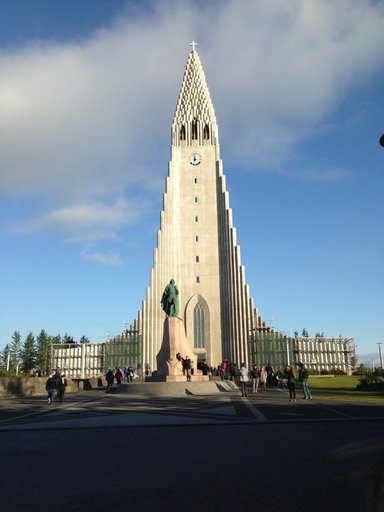

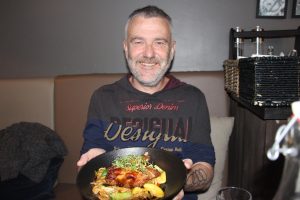
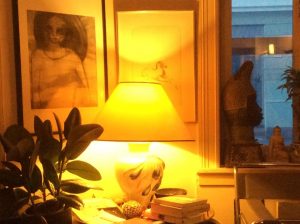
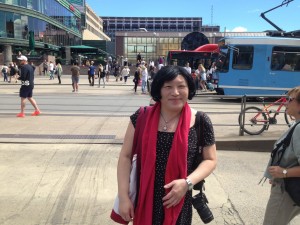
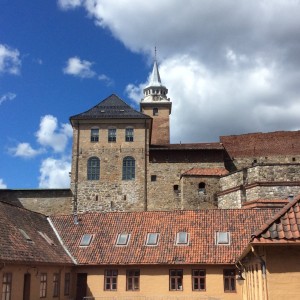
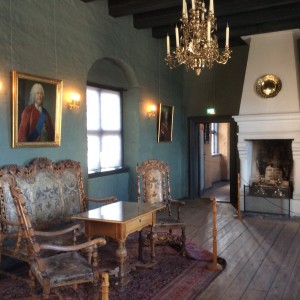
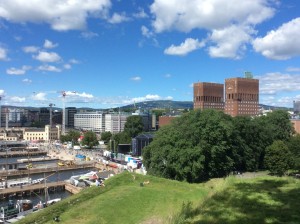

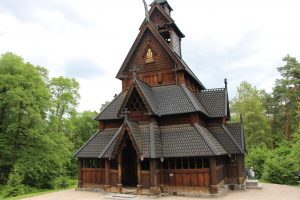
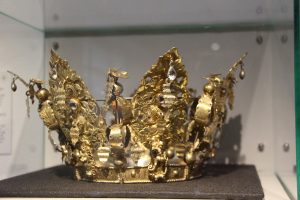
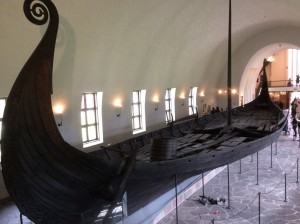
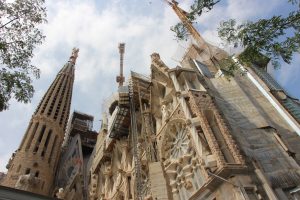
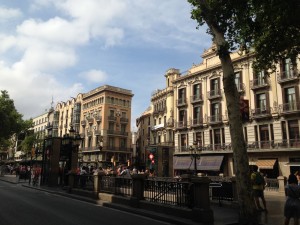
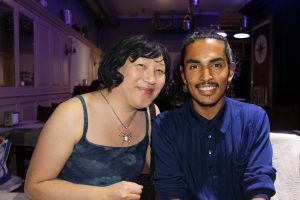
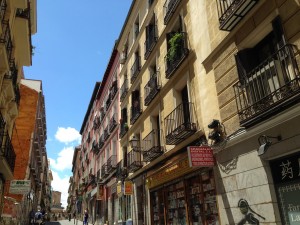
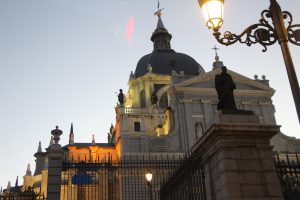
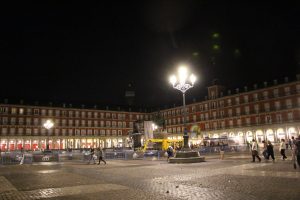
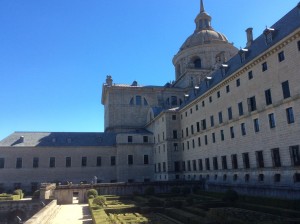
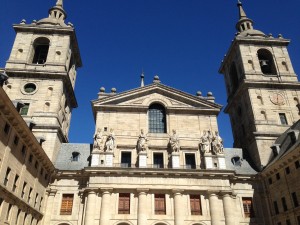
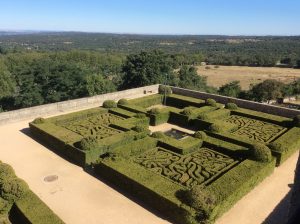
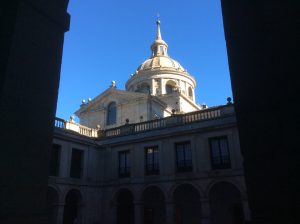
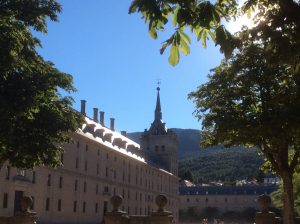
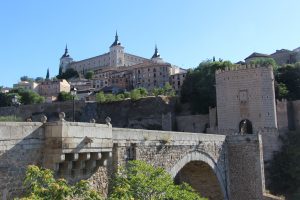
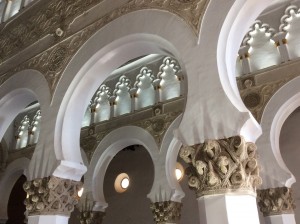
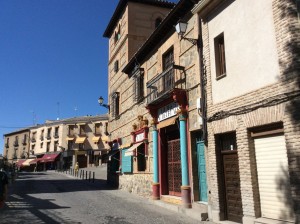
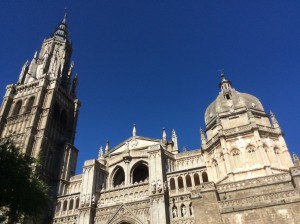
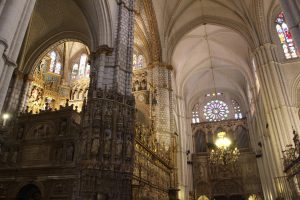
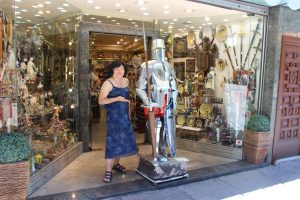
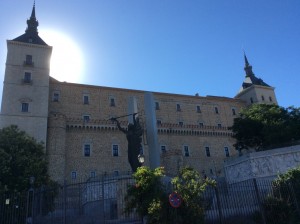
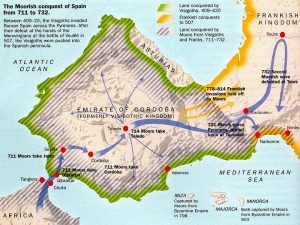
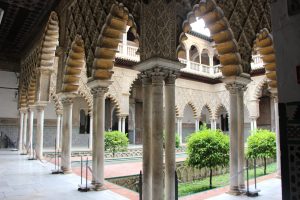
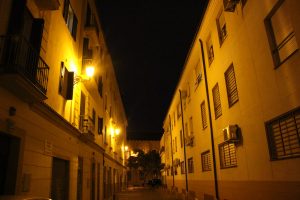
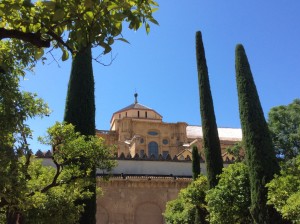
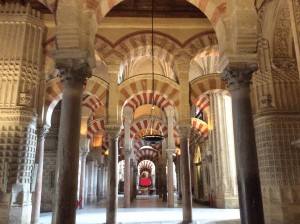
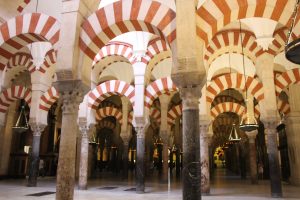

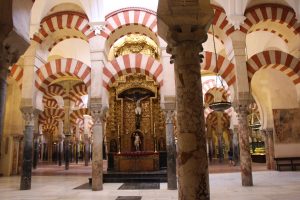
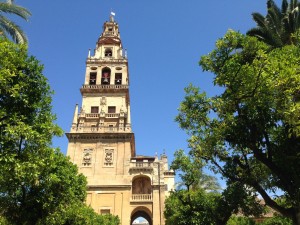 Córdoba: bell tower of the gran mezquita
Córdoba: bell tower of the gran mezquita




